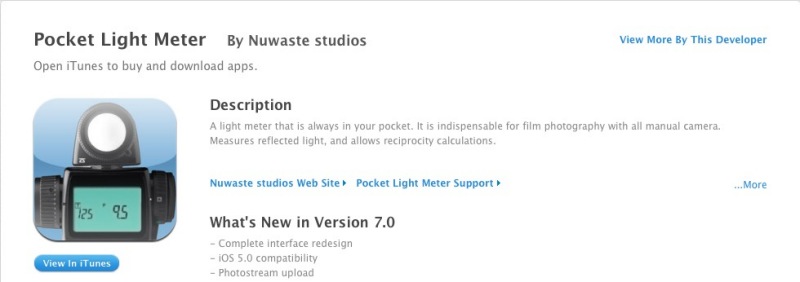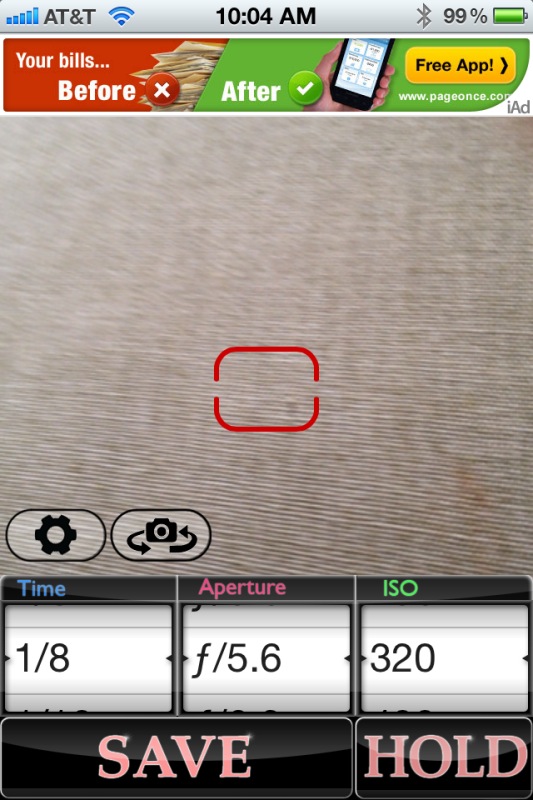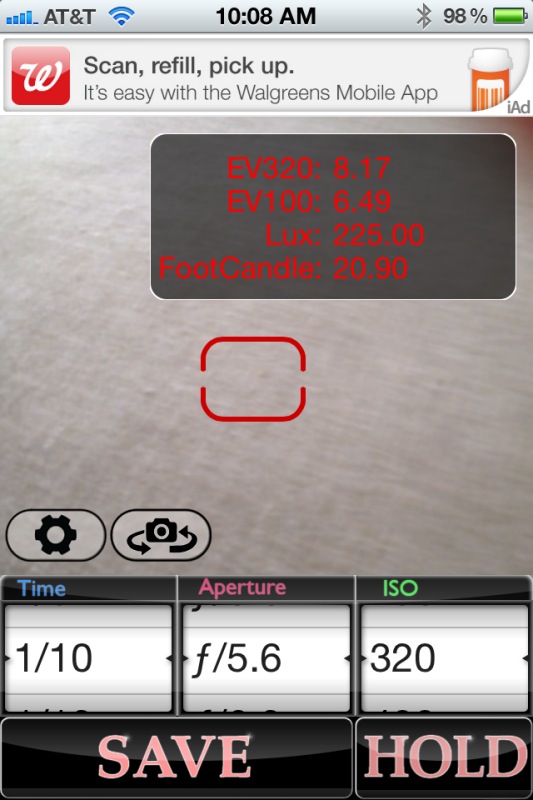A flashback.
When I take my boy for his karate lessons I invariably wander down the street and peek in at the camera store on 25th Street in San Mateo. It’s one of the few left. I’m not sure how they survive in the age of Amazon and online comparative shopping, but I invariably gravitate to the several display cases full of consigned used photo gear. Most of it is 35mm SLR film hardware, of little interest to anyone, and rarely seems to change between visits. I would guess that most sales are to photography students forced to use film by crank teachers who failed as photographers. There are a few interesting 4×5 sheet film cameras and the usual gamut of tired lenses, but the display which always catches my attention, for some reason, is the one with all those exposure meters.
It’s pure nostalgia. I used a selenium cell Weston Master V for several decades, even having the cell replaced by Quality Lightmetric in Hollywood when it died, and my Leica M bodies invariable sported a selenium cell Metrawatt MC or cadmium sulphide MR clip on meter which coupled to the shutter speed dial, requiring only that the indicated aperture be dialed in. Despite their small size these worked well, as long as you treated them gently.
Now every new camera comes with exposure automation built in, yet go the the Apple iPhone AppStore and what will you find?

Note the old time Sekonic exposure meter icon.
From the unattractively named Nuwaste, complete with typographical errors and a broken developer’s site link, comes the Pocket Light Meter app. And it works really well.
The meter can be used either with the front or rear facing camera in the iPhone and is close to a spot metering design. This means it meters a small part of the image, so if you are hoping for an overall averaging of the scene this is not for you. Indeed, an appreciation of dynamic range and an ability to determine whether you want detail in the shadows or highlights are required skills to make proper use of this tool.
You can see just how small the metered area is in this screen snap:

The red rectangle defines the metered area.
The cut-off around the red rectangle is so-so; it’s not razor sharp like, say, in the semi-spot meter in a Leicaflex SL of yore, which had the best manual in-camera meter ever made, but drops off steeply within one rectangle’s worth of the periphery. Not bad. Best of all, just touch the iPhone’s screen and the measurement rectangle will jump to the touch point, so taking multiple readings in a couple of seconds is trivial. Readings take under one second to stablize and touching ‘Hold’ freezes them, though the developer could usefully add an indicator that Hold has been enabled. So aficionados of the Ansel Adams Zone System, where you measure and determine the dynamic range placement based on your selected tones, will love this.
It gets better. Dial in the ‘Display additional info’ option and you get:

Additional display option.
You can see the selected area’s brightness in Lux and FootCandles, as well as EV readings at two ISO settings. Many sheet film camera lenses came with EV settings which, once you get used to them, are pretty handy as they permit locking of the shutter speed/aperture combination, so if you change one, the other changes to compensate. Great for tuning in just the right depth of field. Sadly no color temperature display option is available, which would make this a particularly useful tools for cinematographers seeking color balance betwen scenes.
The intrusive advertising can be removed by sending the developer $0.99. Otherwise the app is free.
Though the specifications refer to reciprocity correction, (correction for the non-linear response of film emulsions at low light levels), I could determine no such feature. The aperture range is f1 – f/512 and shutter speeds run from 32 seconds down to 1/8000, regardless of ISO. The ISO range is 6-102,400.
I tested this app on my iPhone 4S against the meter in the Panasonic G3 and it was in exact agreement under a variety of lighting conditions, including daylight, fluorescent and incandescent light. The developer says it works on the iPhone 3GS or later and all iPad2 models. I tested sensitivity to be down to 1/2 second @ f/5.6 at ISO320. Not Lunasix territory, but not bad either. The Gössen Lunasix meter’s claim to fame was that it could measure exposure by the light of the moon! The meter was about the bulk of five iPhones …. By comparison, the Panny G3 blows away both, easily measuring down to 20 seconds @ f/5.6 at ISO320!
At the price asked, anyone needing manual exposure measurement should not pass this by, so long as you make the effort to learn how to use a spot meter in the first place. The developer should consider adding a center-weighted or averaging option to make this app more broadly useful. But it’s a lot cheaper than even a very well used Weston Master, Sekonic or Lunasix.